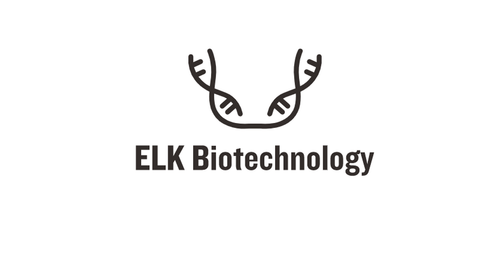Product Description
Human SH3 domain-binding protein 2 (SH3BP2) ELISA Kit | AE19704HU | Abebio
Species Reactivity: Human (Homo sapiens)
Abbreviation: SH3BP2
Alternative Name: 3BP2; CRBM; CRPM; FLJ42079; FLJ54978; RES4-23; Abl-SH3 binding protein 2|TNFAIP3 interacting protein 2
Application: ELISA
Range: 0.312-20 ng/mL
Sensitivity: 0.126 ng/mL
Intra-Assay: ≤6.3%
Inter-Assay: ≤9.9%
Recovery: 1, 04
Sample Type: Serum, Plasma, Other biological fluids
Detection Method: Sandwich
Analysis Method : Quantitive
Test Principale: This assay employs a two-site sandwich ELISA to quantitate SH3BP2 in samples. An antibody specific for SH3BP2 has been pre-coated onto a microplate. Standards and samples are pipetted into the wells and anySH3BP2 present is bound by the immobilized antibody. After removing any unbound substances, a biotin-conjugated antibody specific for SH3BP2 is added to the wells. After washing, Streptavidin conjugated Horseradish Peroxidase (HRP) is added to the wells. Following a wash to remove any unbound avidin-enzyme reagent, a substrate solution is added to the wells and color develops in proportion to the amount of SH3BP2 bound in the initial step. The color development is stopped and the intensity of the color is measured.
Product Overview: SH3BP2 has an N-terminal pleckstrin homology (PH) domain, an SH3-binding proline-rich region, and a C-terminal SH2 domain. The protein binds to the SH3 domains of several proteins including the ABL1 and SYK protein tyrosine kinases, and functions as a cytoplasmic adaptor protein to positively regulate transcriptional activity in T, natural killer (NK), and basophilic cells. Mutations in this gene result in cherubism. Multiple transcript variants encoding different isoforms have been found for this gene. The deduced 561-residue protein contains an Src homology 2 (SH2) domain, an Src homology 3 (SH3) -binding domain, and a pleckstrin homology domain, suggesting a possible role in signal transduction.
Stability: The stability of ELISA kit is determined by the loss rate of activity. The loss rate of this kit is less than 5% within the expiration date under appropriate storage condition. The loss rate was determined by accelerated thermal degradation test. Keep the kit at 37°C for 4 and 7 days, and compare O.D.values of the kit kept at 37°C with that of at recommended temperature. (referring from China Biological Products Standard, which was calculated by the Arrhenius equation. For ELISA kit, 4 days storage at 37°C can be considered as 6 months at 2 - 8°C, which means 7 days at 37°C equaling 12 months at 2 - 8°C) .
 Euro
Euro
 USD
USD
 British Pound
British Pound
 NULL
NULL








